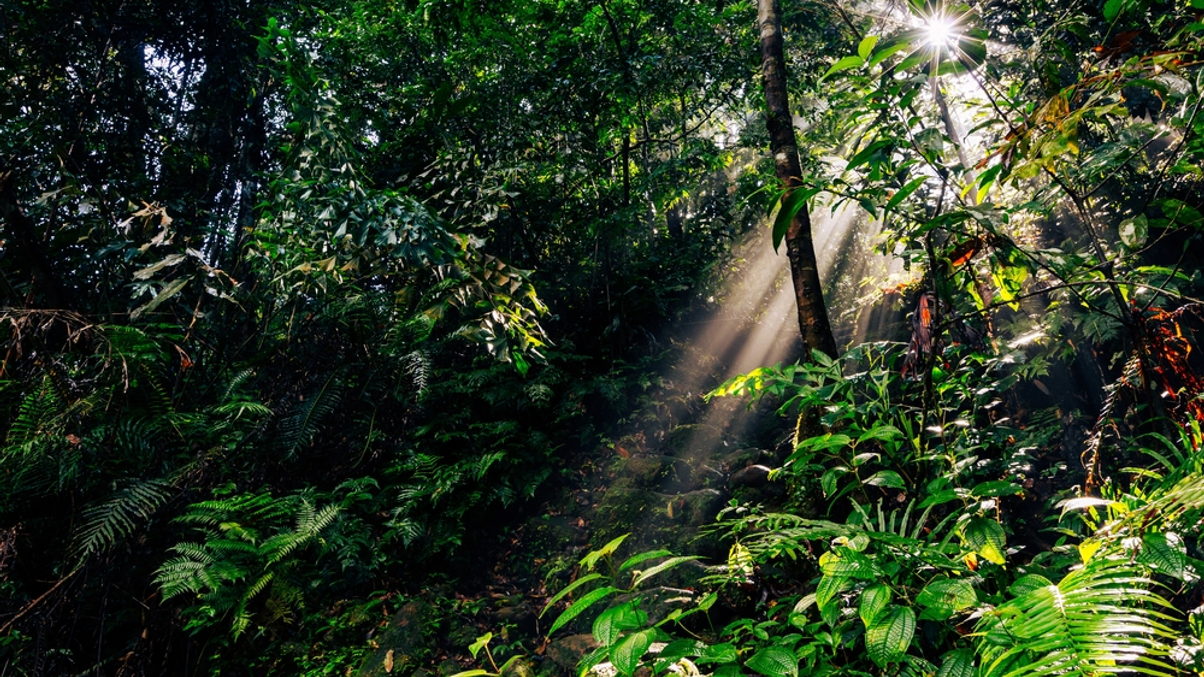Nature Conservancy's Singapore unit eyes partnerships, blended finance
Singapore's growing emphasis on carbon credits, transition finance and blended finance holds great appeal for one of the world's biggest environment-focused asset owners.

The Nature Conservancy plans to furthen deepen its partnerships in the Asia Pacific and participate in new financing models to protect the environment via its office in Singapore.
Sign In to Your Account
Access Exclusive AsianInvestor Content!
Please sign in to your subscription to unlock full access to our premium AI resources.
Free Registration & 7-Day Trial
Register now to enjoy a 7-day free trial—no registration fees required. Click the link to get started.
Note: This free trial is a one-time offer.
¬ Haymarket Media Limited. All rights reserved.


